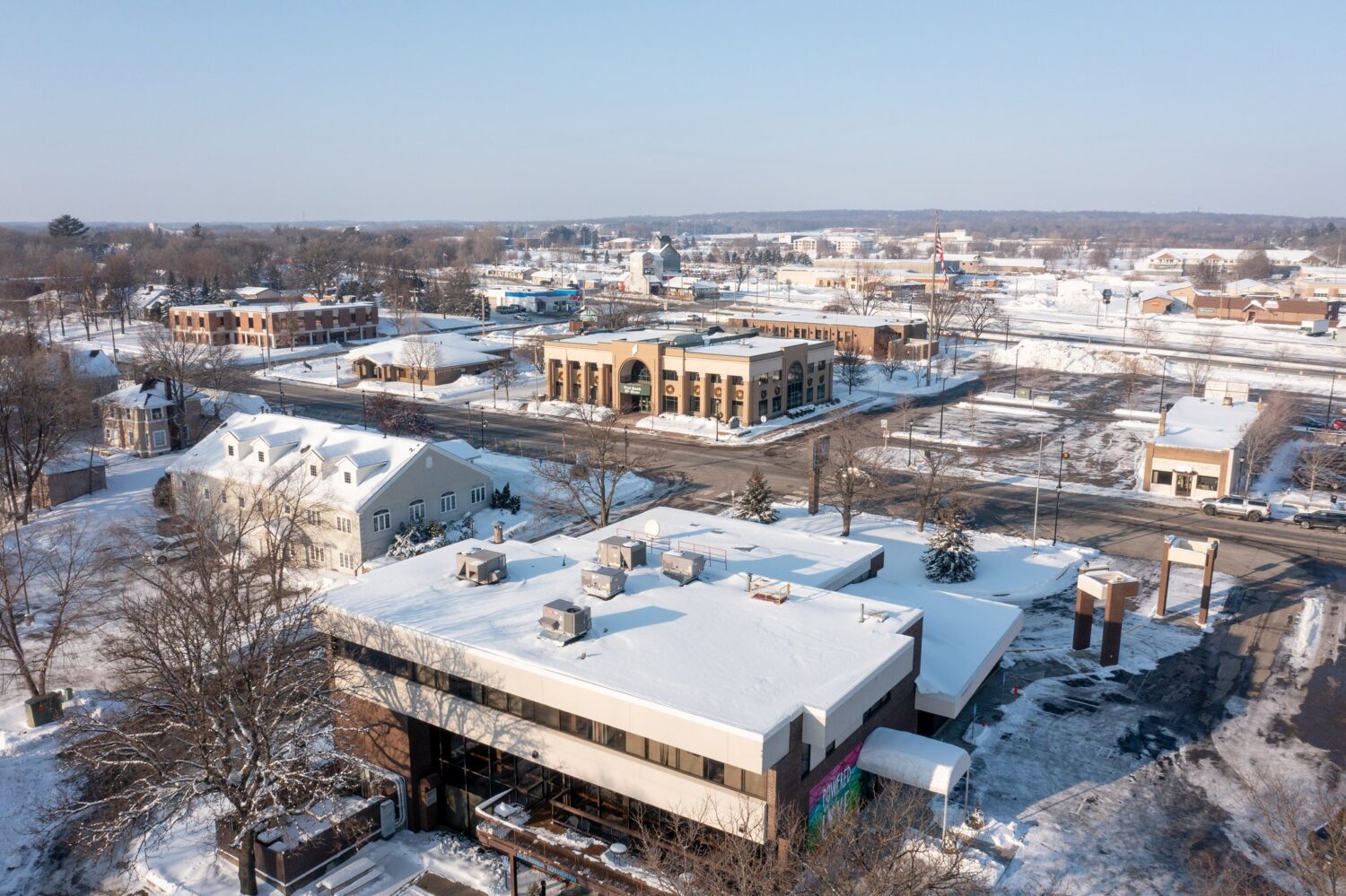How Do Commercial Flat Roofs Drain in the Winter?
Building owners, property managers, and facility managers tend to stress out about the unique challenges that come with maintaining a commercial flat roof during the colder months.
It’s bad enough that it’s cold and often quite difficult to even get up on the roof, but the added worry about ensuring proper drainage and preventing damage to the roof can make it even more unnerving.
With a little knowledge and preparation, you can keep your commercial flat roof in good condition throughout the winter season.
Understanding Flat Roof Design
Before we dive into how flat roofs drain in the winter, it’s important to understand how they are designed.
One of the most pressing concerns is how the roof drains when snow and ice accumulate and eventually melt.
In this blog post, we’ll take a closer look at how commercial flat roofs drain in the winter and provide some tips for maintaining your roof throughout the cold season.
For obvious reasons, flat roofs on commercial buildings are designed to withstand large amounts of accumulated snow and ice. But how do they drain all this water off the roof during the cold winter months?
During periods of extreme cold, melt runoff may be minimal, but the roof still needs to shed any melt-off or excess moisture that may accumulate. This is where proper drainage design comes into play.
Flat Roofs Aren’t “Flat”
The first thing to understand is that commercial flat roofs are designed with a slight slope to promote drainage. The slope is typically around 1/4 inch per foot, which allows water to flow towards designated low points on the roof where it channels into drains or scuppers.
In the winter, this slope is still effective at directing water, but it can become compromised by the weight of snow and ice buildup.
Dam!
One of the most common causes of winter drainage problems is the formation of ice dams. These occur when snow melts on the warmer upper portion of the roof and then refreezes when it reaches the colder edges. The result is a barrier of ice that prevents water from draining off the roof.
Left unchecked, ice dams can cause water to back up under compromised flashing and weak points in roof membranes, leading to leaks and other damage.
Keep it Clear
Another issue that can arise in the winter is clogged drains and scuppers. Leaves, debris, and other materials can accumulate in these areas, preventing water from flowing freely. This can lead to standing water on the roof, which can cause damage to the underlying materials over time.
To prevent this, it’s critical to clear drains and scuppers regularly and keep them free of debris–even in the winter.
Bring the Heat
One solution to winter drainage problems is to install heating elements on the roof. Typically used on scuppers and downspouts, these can be used to help melt snow and ice, allowing water to drain freely. However, this approach can be costly and may not be necessary for all roofs.
It’s important to note that heating solutions must be installed by a licensed electrician to ensure safety and proper functionality.
Commercial Roofs Get Lonely Too . . .
Finally, it’s important to remember that proper maintenance throughout the year can help prevent winter drainage problems. Regular inspections and cleaning can identify and address drainage issues before they become serious problems.
Working with a professional roofing contractor can ensure that your roof is designed and installed to maximize drainage efficiency.
Conclusion
When it comes to maintaining a commercial flat roof in the winter, drainage is a critical consideration.
By understanding how flat roofs drain and taking proactive steps to prevent issues, building owners, property managers, and facility managers can help ensure their roofs perform well throughout the winter months.
With the proper maintenance and care, your roof can continue providing reliable protection for years.
Partner With Mint
Mint Roofing has over 70 years of experience installing, repairing, replacing, and maintaining many of Minnesota’s finest commercial roofs.
Our team of experts is well-versed in the unique challenges of winter weather, and we can help you address any drainage concerns you may have.
Contact us today to learn how Mint Roofing can keep your commercial flat roof performing at its best all year.
With Mint Roofing, your roof is ready for any season!
Contact Mint Roofing:
Phone: 952-473-8080
24-Hour Emergency Line: 952-473-8181
Email: info@mintroofing.com
FAQs
Q: Should I have my commercial flat roof inspected during the winter?
A: While comprehensive roof inspections are not typically performed on snow-covered roofs, it is a good idea to have a professional roofing maintenance contractor inspect your roof and remove excess snow accumulation during periods of heavy snowfall.
Q: What are some signs that my flat roof may have drainage issues in the winter?
A: If the roof is not covered in snow, look for standing water, ice buildup around drains and scuppers, or water stains on interior ceilings. If you notice any of these signs, it’s important to address the issue promptly before it becomes more serious.
Q: Can heating elements be installed on any flat roof?
A: Not all roofs may be well-suited for this solution, and it’s important to ensure proper installation by a licensed electrician for safety and effectiveness.
Q: Can clogged drains and scuppers cause long-term damage to my commercial flat roof?
A: Yes, standing water can lead to deterioration of the roofing materials over time, potentially causing leaks and other issues. Regular cleaning and maintenance can help prevent this damage from occurring.
Q: Does Mint Roofing offer emergency services for winter drainage issues?
A: Yes, we understand that roofing emergencies can happen at any time, especially during harsh winter weather. That’s why we offer 24/7 emergency services to address urgent roofing needs. Partner with us for peace of mind and reliable service when you need it most.



